Here are Wall Street’s five worst trades this quarter
The third quarter of 2015 marked a significant sentiment shift, as investors suffered a crisis of faith in the economic themes that guided markets since at least the Great Recession, if not before.
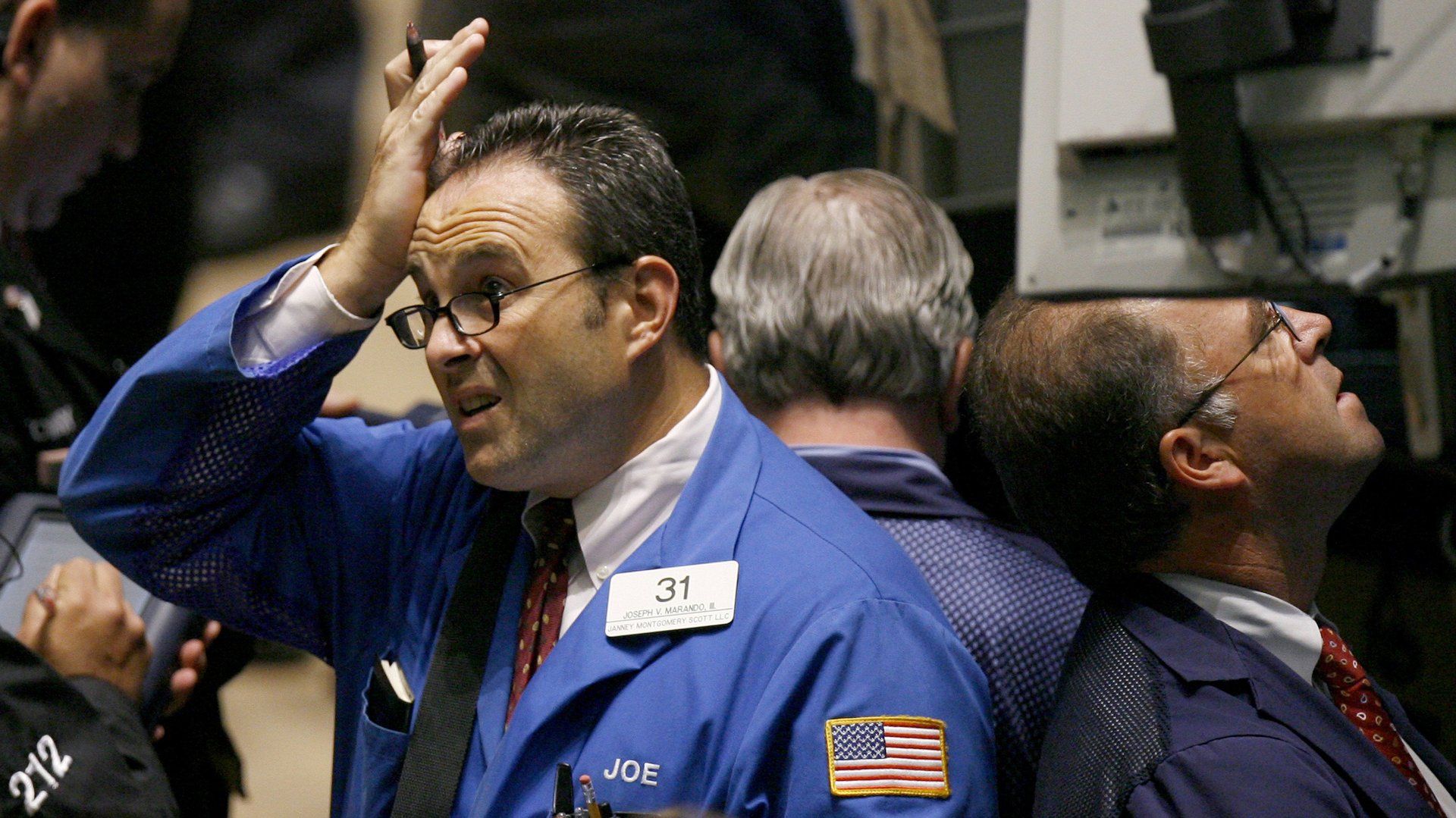

The third quarter of 2015 marked a significant sentiment shift, as investors suffered a crisis of faith in the economic themes that guided markets since at least the Great Recession, if not before.
Chinese growth with be blistering. Demand for commodities will be there. The Federal Reserve will keep interest rates near zero.
These are just a few bits of conventional wisdom that were chewed up and spit out over the last three months, amid a broad based rout across stocks, bonds, commodities and currency markets.
Major stock markets suffered an ugly quarter. With a day’s trading left, the S&P 500 was down 8.7% over the last three months. The Stoxx 600, a broad-based gauge of European equities, fell by 11% over the same period. Brazil’s Bovespa declined by 16.9%. At least the US bond market, as measured by the Barclays US aggregate index, didn’t lose money, rising a steller-by-comparison 0.4%.
But beneath those bad headline figures, some assets performed even worse. We’ve rounded up a few of the worst trades of the quarter, which—if nothing else—might help you feel a little bit better as you lick your own wounds and prepare for the fourth-quarter.
1. Chinese stocks
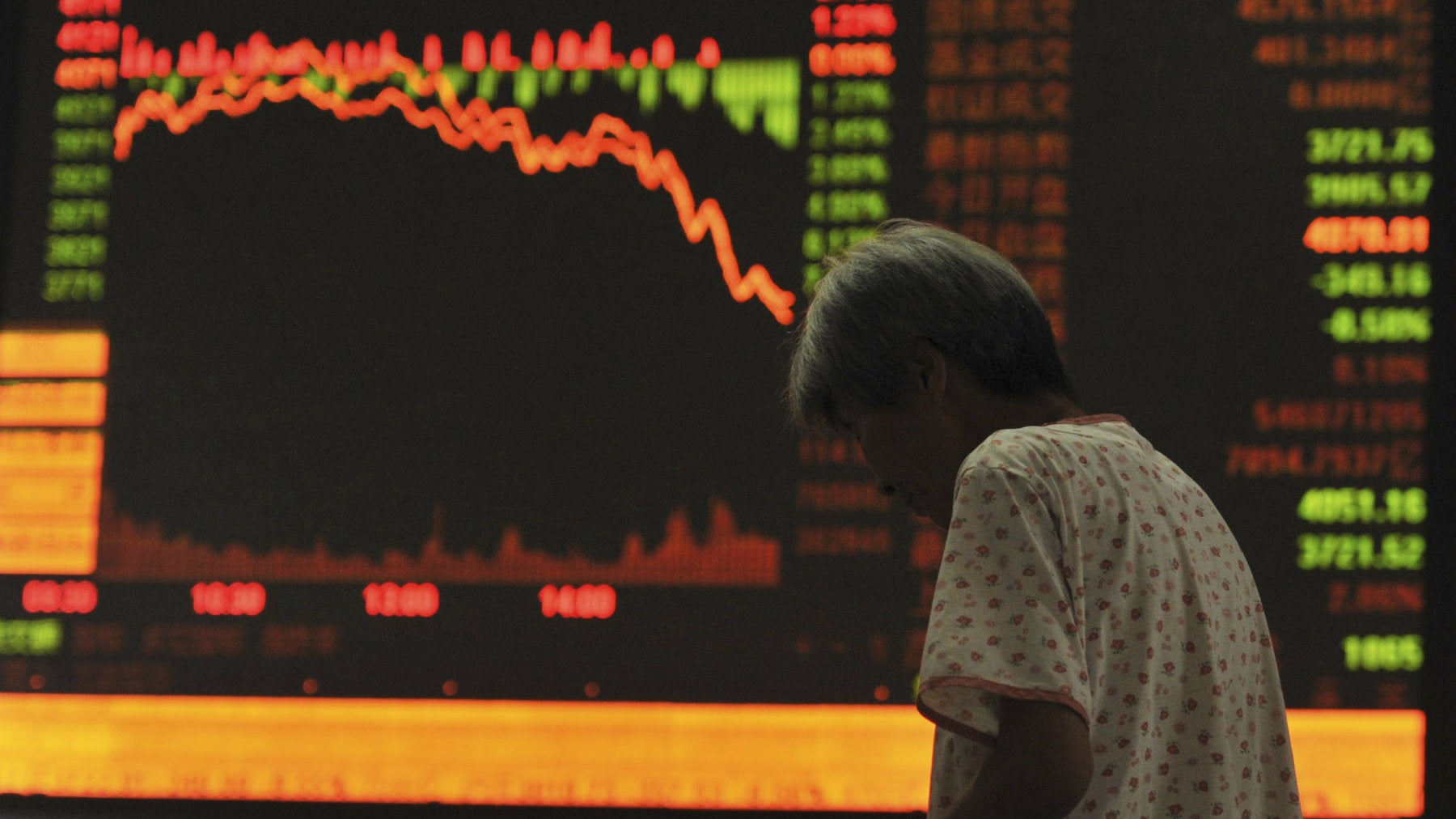
The Chinese stock market started the quarter on shaky footing. Then, the massive (and massively populist) rally that had bewildered the financial world breathed its last. Nothing Chinese authorities tried to do could revive it.
Global financial jitters erupted after the People’s Bank of China devalued the yuan in August, though things have calmed down since then. The Shanghai Stock Exchange index is down 29% for the quarter, pulling the index down 6% for the year.
Many of the mom-and-pop investors who had propped up share prices cleared out of the market, though those left behind probably aren’t too happy they didn’t follow suit. One investor who might actually be happy at so much misery: Jim Chanos. The hedge funder has been questioning the Chinese economy for years, and this summer he finally got his vindication.
2. The Brazilian real
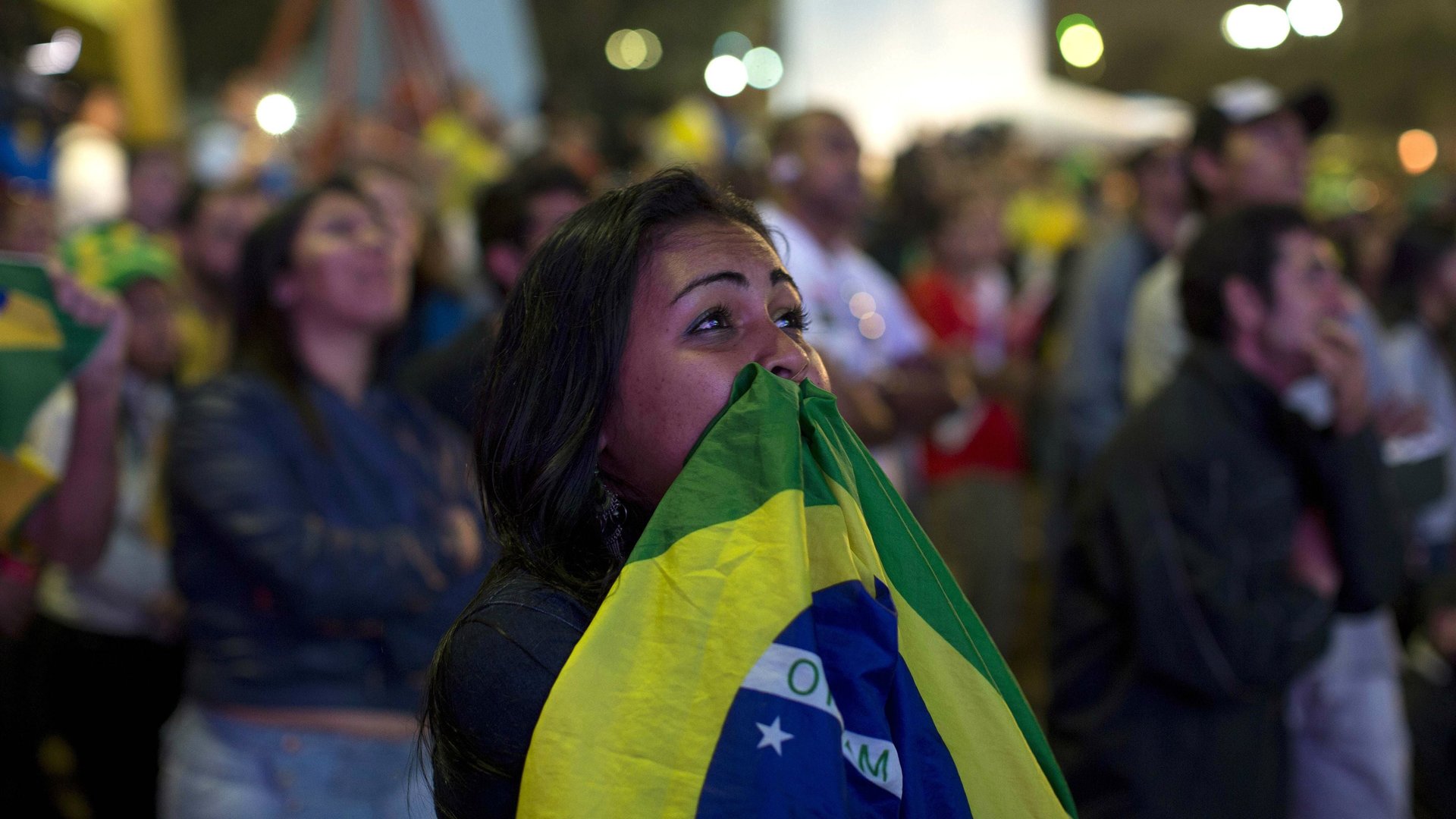
Like China, Brazil’s economy is in trouble. But unlike China, it doesn’t have the tight government controls that could guide it toward a “soft landing.”
Instead, it’s dealing with steep inflation, widespread unemployment, and a number of other souring economic indicators. All these things are reflected in the value of the Brazilian real, which had lost nearly 23.5% of its value against the US dollar just ahead of the close of the quarter. So far this year, the Brazilian currency is down 34.5% against the greenback.
On top of its economic mess, the Brazilian people have taken to the streets to protest the alleged corruption of prime minister Dilma Roussef’s administration. For many of them, their entire existence has been on the wrong side of the trade.
3. Oil
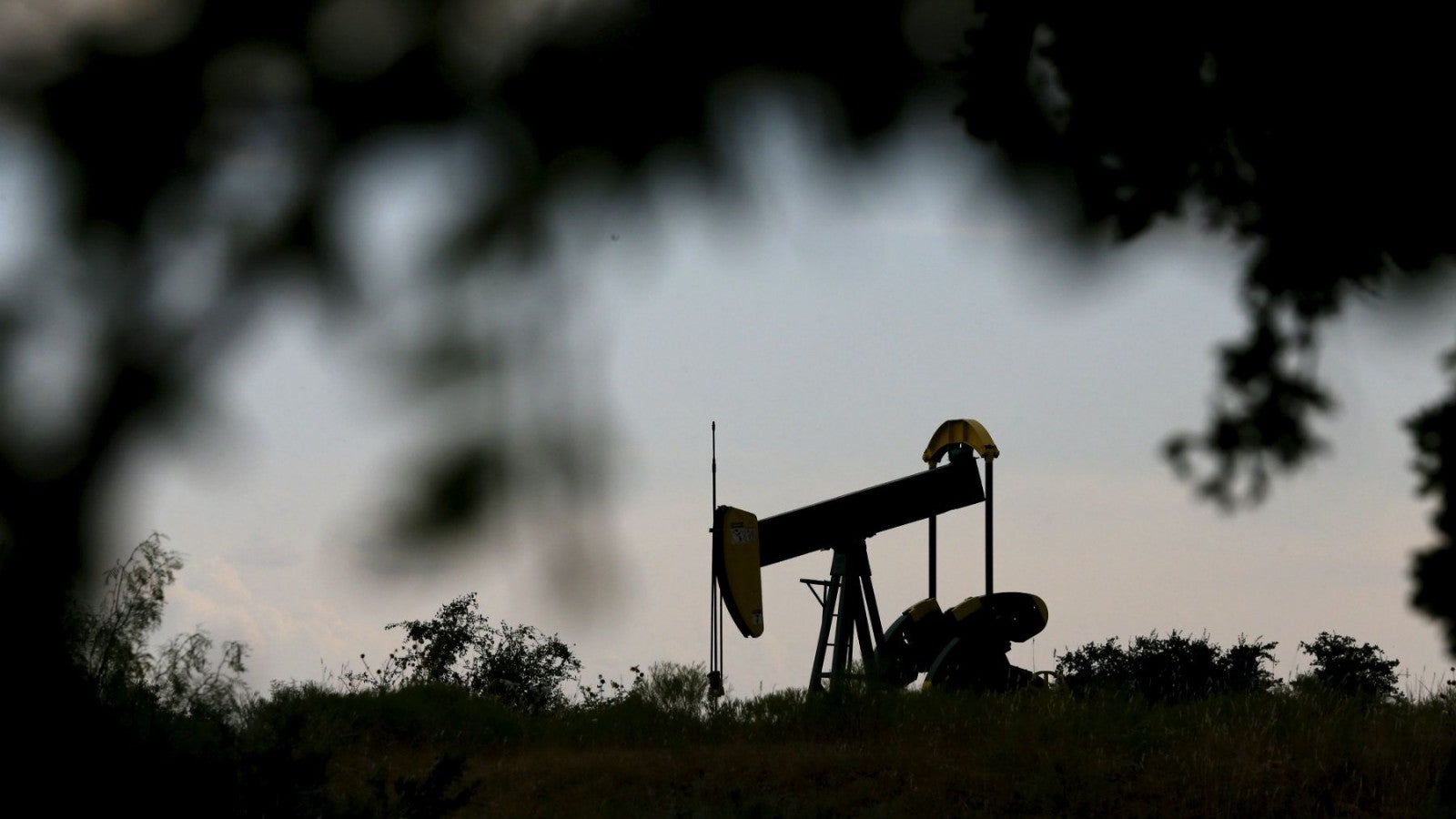
The oil rally that followed last year’s huge slide eventually stalled out. The prospect of increased Iranian production, the reality of slowing demand in China, and incredibly stubborn shale producers in the US sent the price of crude earthward. In the US, benchmark crude is down 24.5% during the quarter, and 15.7% this year. Global benchmark Brent crude is down about 24% and 15% for the quarter and year, respectively.
Essentially, all the things that were true before are true again: OPEC and US shale producers are still at war, and even though the latter has eased up on production, the former has only boosted it further (paywall). Thus, even the bulls that thought the worst was over have lost bet after bet that things were about to improve.
4. Petrobras bonds
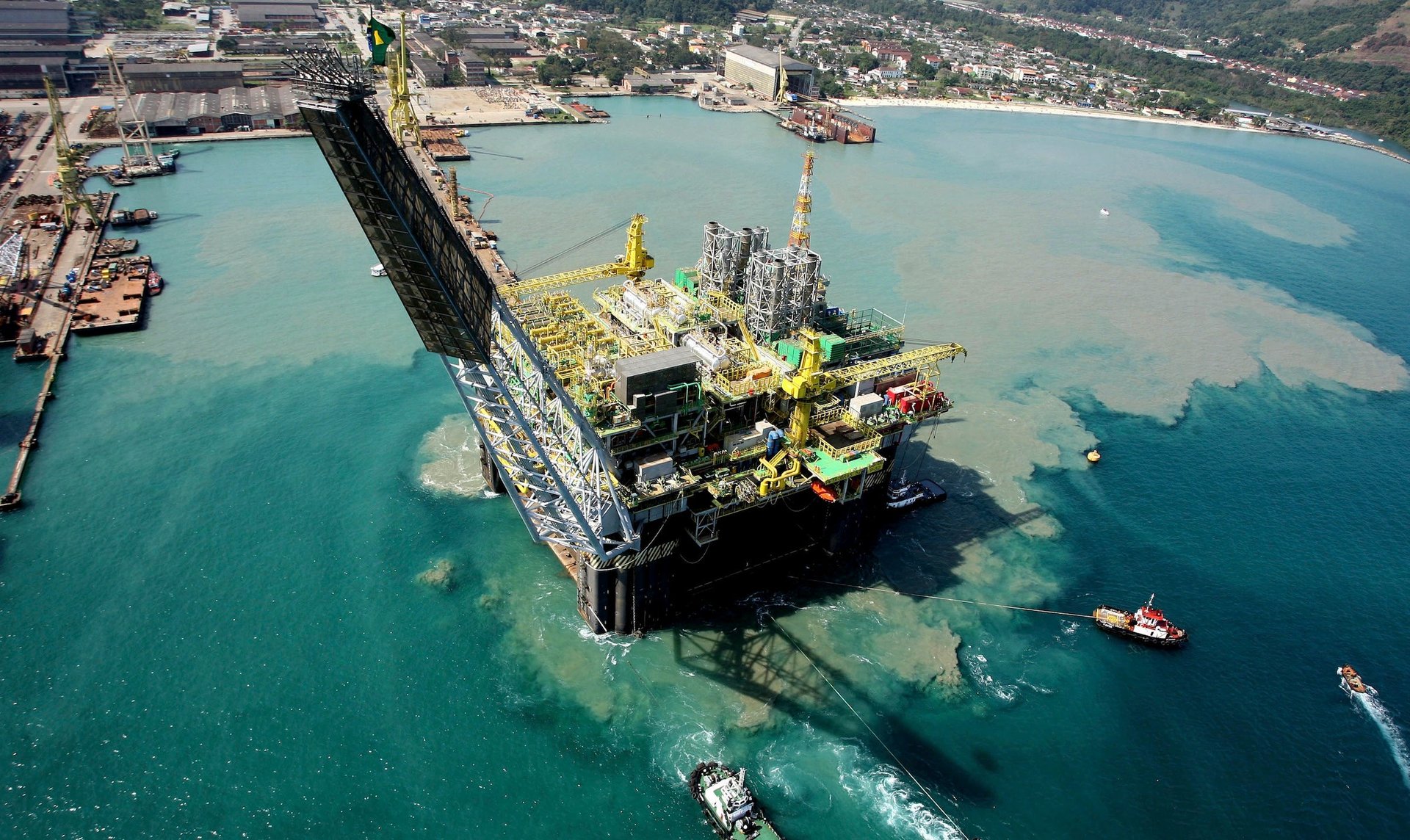
Brazilian oil company Petrobras has been in big trouble. Not only has it been mired in a corruption scandal reaching to the highest levels of Brazilian government, but a weak real and cheap oil have put a huge dent in the value of its bonds. The total return on one Petrobras issue is down 30% over the quarter, and 29% over the year.
Petrobras is one of the most indebted companies in the world. And its assets are broadly held, including by giant asset managers such as bond investing giant Pimco and Fidelity, which means that losses on Petrobras bonds might surface in some retail bond funds. (The New York Times last year noted that Pimco was the largest single holder of Petrobras debt.)
5. Volkswagen

The car company wasn’t having the best quarter before an emissions scandal. Despite overtaking Toyota as the world’s best-selling auto manufacturer, sales in China were slumping as the economy there continued to slow down.
But then things really went off the rails after it came to light that its diesel vehicles’ anti-pollution technology was cheating during emissions tests. The subsequent decline in the shares has left VW’s stock down 50.2% for the quarter and 42.6% for the year, destroying more than roughly $ 30 billion of market value in the process. Though the company fired its CEO in what can only be the start of very long road to restoring public trust, shareholders are already gearing up to sue over the long drive their investments took down a very short road.